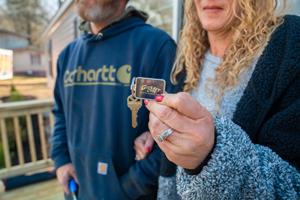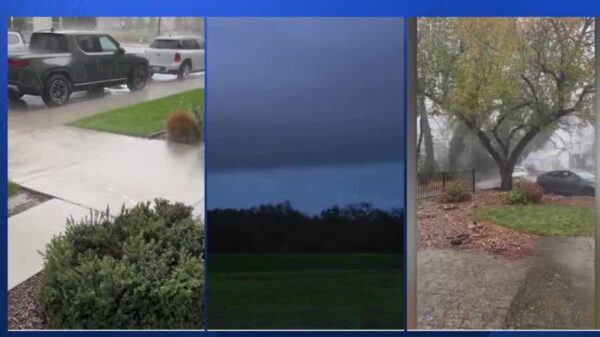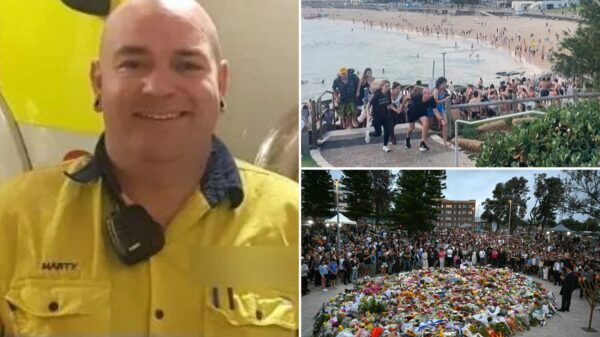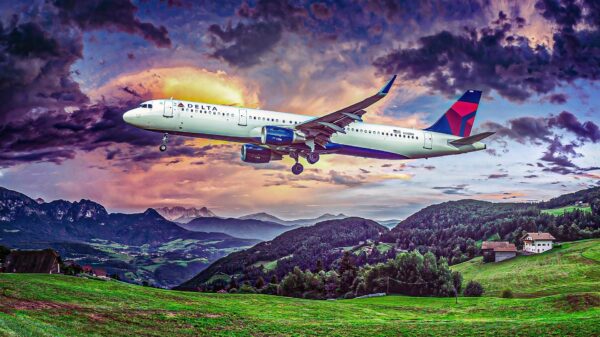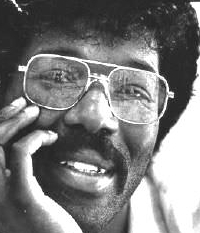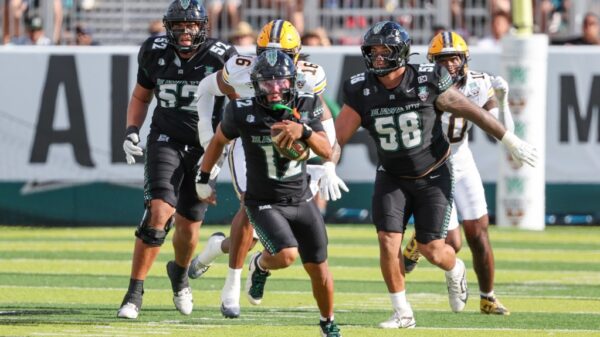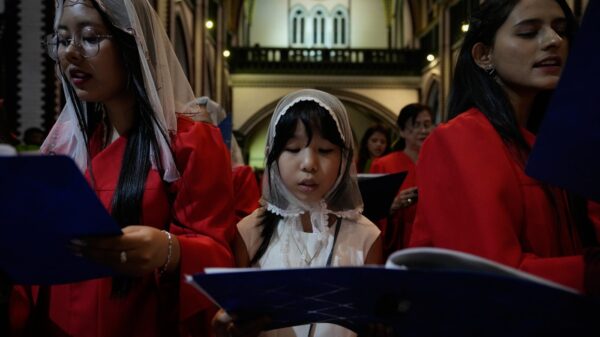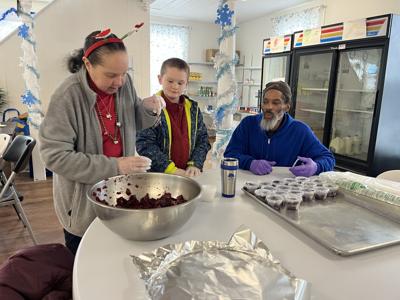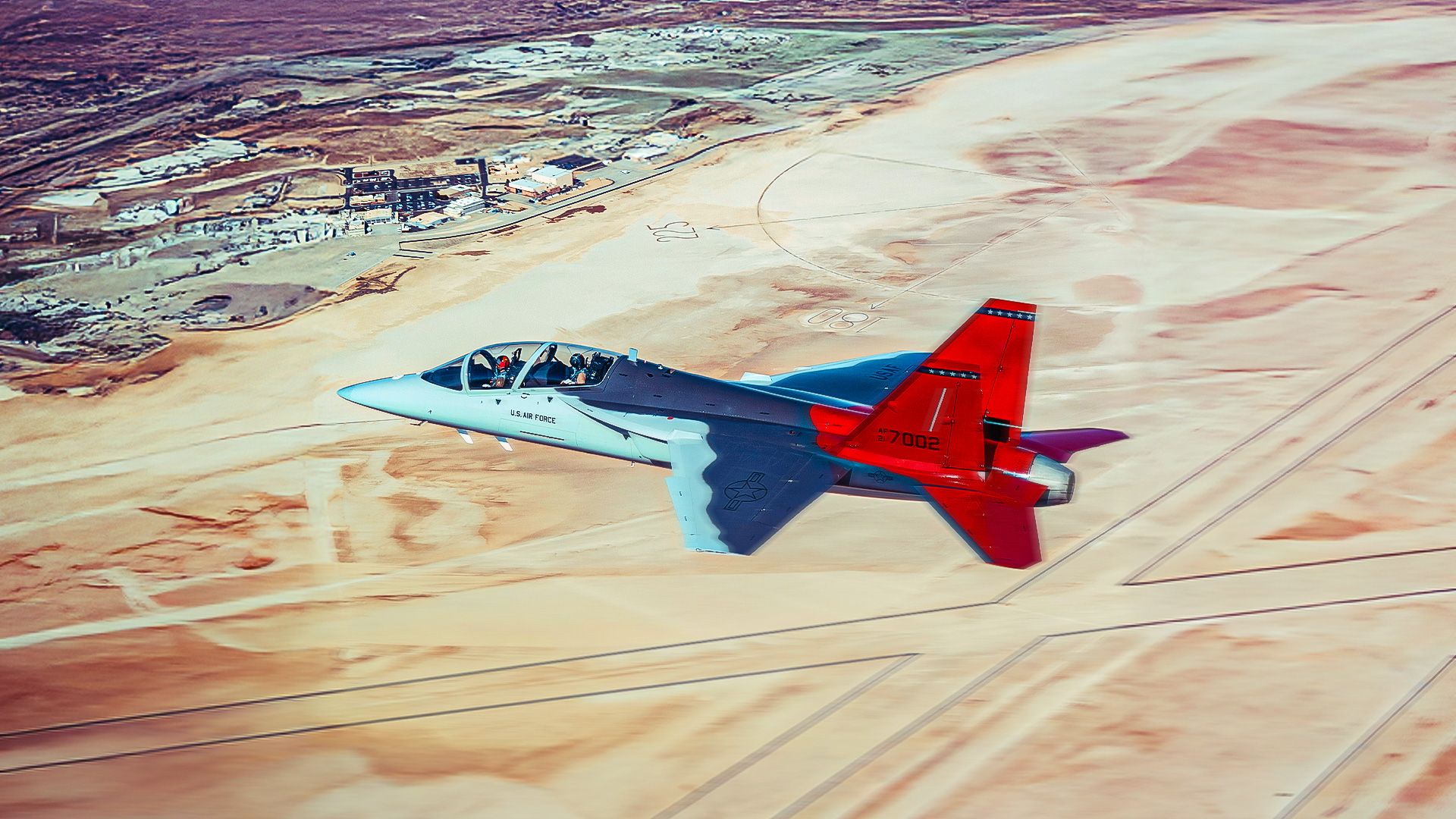The US Air Force (USAF) is set to transform its pilot training program with the introduction of the T-7A Red Hawk, a modernized jet trainer developed jointly by Boeing and SAAB. The T-7A is designed to replace the aging T-38 Talon, bringing advanced technology, enhanced performance, and a projected cost of $9.2 billion for an initial order of 351 units. With an aim for global sales of nearly 3,000 jets, the T-7A promises to elevate training for future pilots of fifth- and sixth-generation fighter jets.
The T-7A features a modular systems architecture, which offers lower maintenance costs and improved capabilities. Equipped with the GE F404 turbofan engine, the Red Hawk delivers triple the thrust of its predecessor, enabling high-G maneuvers and better handling in various flight conditions. General Matthew A. Leard, director of plans, programs, requirements, and international affairs at Air Education and Training Command, emphasized the urgency of integrating the T-7A into service, stating, “The main thing that we’re focused on with T-7 right now is we’ve got to get that airplane.”
Enhancing Pilot Training with Advanced Features
The T-7A incorporates embedded training software that allows for immediate connections to simulators, enhancing training scenarios without the need for physical equipment. This capability prepares pilots for complex tactical situations and decision-making processes required in modern combat environments. Unlike the T-38, the T-7A’s advanced avionics and aerodynamics make training safer and more effective, allowing instructors to focus on tactical skills earlier in the training pipeline.
In addition to its engine performance, the T-7A benefits from over six decades of advancements in aircraft design, from materials to powerplants. The aircraft’s superior thrust-to-weight ratio means it can outperform the T-38 while consuming less fuel and requiring less maintenance time. The T-7A represents a significant upgrade in training technology, moving beyond the foundational skills taught in the T-38 to include critical decision-making and systems management.
Ground-Based Training Systems and LVC Integration
The integration of the T-7A with the Ground-Based Training System (GBTS) will enhance training efficiency. The GBTS utilizes cameras on flying T-7As to create immersive training environments, replicating G-forces and providing 8K visuals in simulators. This innovative approach allows pilots to gain familiarity and muscle memory before taking to the skies, freeing up live flight time for more essential lessons.
The Live, Virtual, and Constructive (LVC) training methodology further enhances pilot education by merging real aircraft operations with simulated scenarios. This integration enables T-7A pilots to engage with computer-generated forces and simulate joint operations with ground and naval assets. Such training ensures that future aviators are well-prepared for the complexities of modern warfare, including the management of advanced systems and data-link operations.
The USAF is also considering the possibility of bypassing interim training platforms, such as the T-6A Texan II, in favor of the T-7A due to its comprehensive training capabilities. As the T-6A ages and its maintenance costs increase, the T-7A may emerge as the primary platform for future aircrew training.
Honoring a Legacy
The T-7A Red Hawk pays homage to the “Red Tails” of World War II, a reference to the Tuskegee Airmen, who were known for their bravery and excellence in combat. The name and distinctive red tail livery are intended to honor their legacy and contributions to aviation history. The Tuskegee Airmen not only distinguished themselves during the war but were also awarded the Congressional Gold Medal in 2007 for their service.
With the T-7A Red Hawk, the USAF is not only investing in advanced training technology but also fostering a sense of legacy and inspiration for future generations of pilots. The introduction of this aircraft marks a pivotal moment in military aviation, preparing the next generation for the battlefield of tomorrow while honoring the courageous pilots who paved the way.




